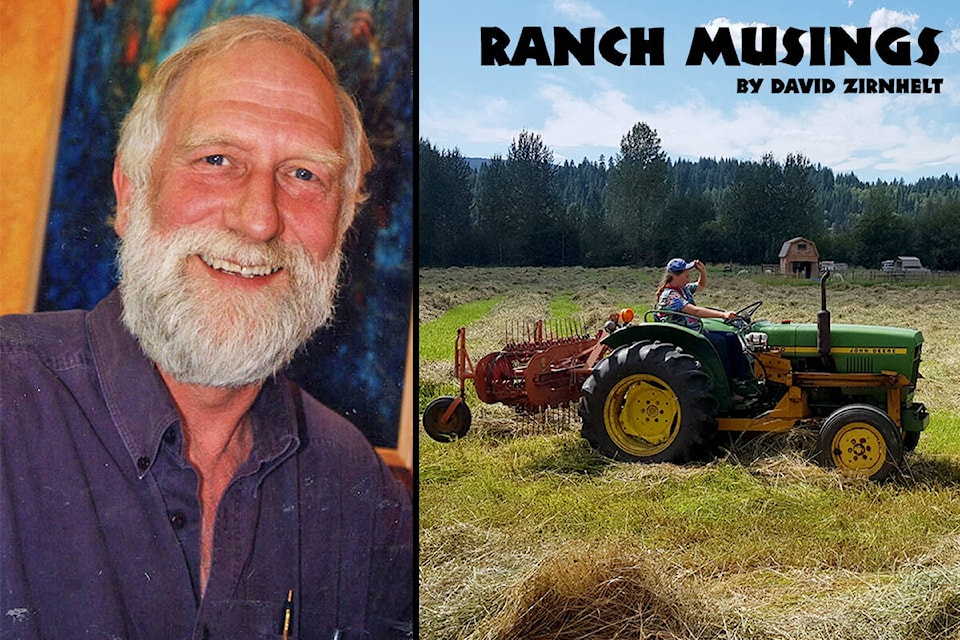A few weeks ago I introduced the ideas and research on the practices of pastoralists around the world and their culture raising food in land not suited to growing crops and just how many people there are, still practicing a very old method of raising food.
The type of land that is not cultivated, but which is suitable for grazing and browsing, by both domestic and wild animals, is properly referred to as range lands.
I rely here on the wonderful book Hoofprints on the Land by Ilse Kohler-Rollefson. She is a European veterinarian who has dedicated herself to researching to help organize a world-wide movement of people who have relied mostly on the commons, or areas not owned by farmers and other landholders.
These lands cover a wide variety of ecological zones: deserts, savannas, steppes, tundras, prairies, woodlands and shrub-lands.
Where these lands have not been re-purposed as croplands, nature still rules over people. Some of these landscapes include the savannas of East Africa, the Mongolian steppes, alpine meadows of Italy, Austria, Germany and Switzerland. They also include the Carpathian Mountains in Romania, and the Lakes District and Yorkshire Dales of the United Kingdom.
Kohler-Rollefson says: “These landscapes support 50 per cent of the world’s livestock and while they might appear to be natural, they have been shaped, if not created, by herding. Although they personify nature, and are often teeming with wildlife, they are human-livestock-shaped and cover more than half (54 per cent) of the Earth’s surface.”
Presently these lands are threatened by mining and energy production.
Pastoralism is not restricted to these range lands. Herding plays an ecological role in crop cultivation by utilizing crop aftermath (e.g. straw, corn stocks) areas and converting it to organic matter.
We of the North, who in our urban perceptions, think of pastoralism as a minor or marginal phenomenon, need to recognize it as a practice on four times as much land as sedentary (fixed) farmers cultivate.
There are historical reasons for the development of disdain for pastoralism. First there was fear of marauding nomads. The sedentary Chines Han people built the Great Wall of China to stop the raids of the world dominating Mongols on horseback.
During the period of European domination of much of the world through colonialism, the mental model of agriculture “that originated in the rather small part of the world with year-round mild temperatures and regular rainfall was exported and imposed on much of the rest of the globe.”
Sedentary animal agriculture became the default.
Looking forward to a hotter drier world we could do well to look at some of the surviving pastoral cultures as a great part of the solution to world food production.
